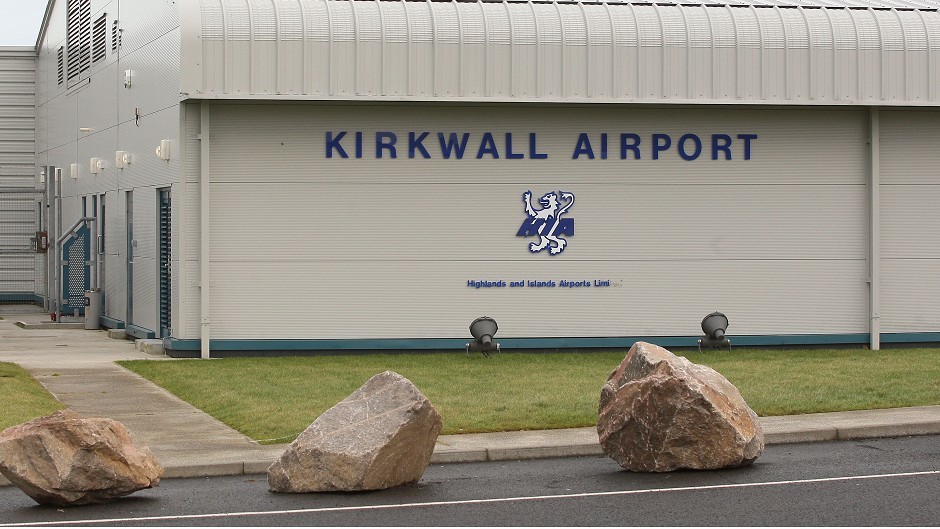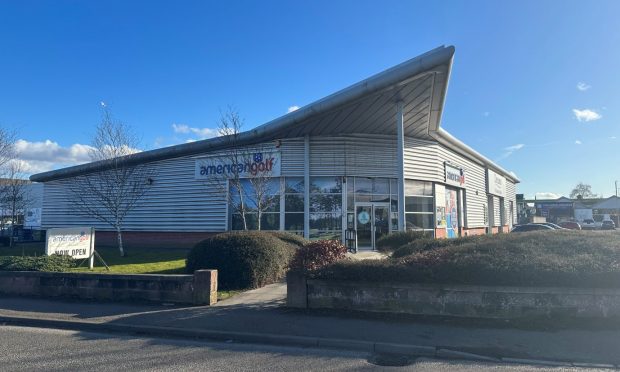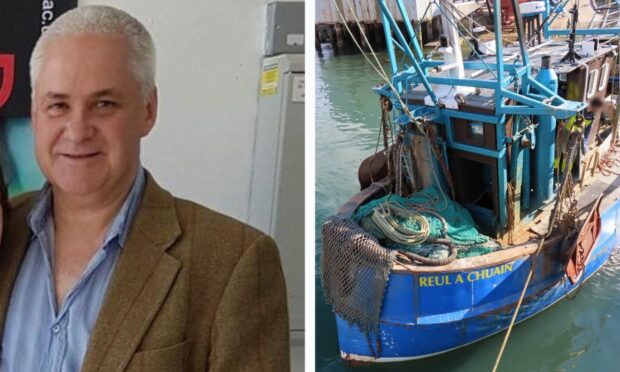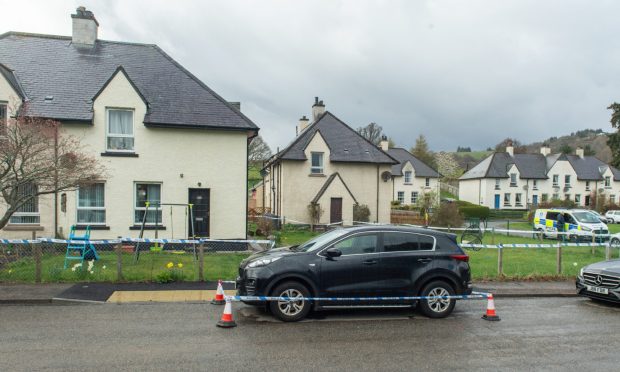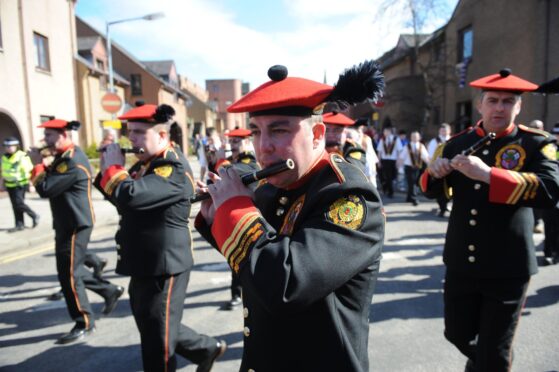A passenger plane coming into land on Orkney suddenly found itself in conflict with four foreign military jets taking part in war games.
The Saab 340 (S340) was at 2400 ft when its collision warning system picked up the F15 jets.
The incident happened on March 18 about 8.5 miles south west of Kirkwall.
The closest point between the aircraft recorded them at 600ft vertically apart and 1.7 nautical miles away.
The Saab pilot said that during descent into Kirkwall they were advised by Scottish Control of two fast-jet military aircraft routing from Wick to Kirkwall.
Two jets flew behind them descending down to approximately 1600ft, and headed towards the airport. They then made a left turn around the coast back towards them.
They were visual with the aircraft and it then appeared that there were actually four jets, which crossed right-to-left within 2nm of the Saab. A cautionary alert was raised on the Saab’s traffic collision warning system.
The crew manoeuvred to avoid the traffic and positioned to land.
In the report to the UK Airprox Board, which investigates near misses, it was stated that the Saab pilot assessed the risk of collision as “medium”.
The lead F15 pilot assessed the risk of collision as “low”.
The board said: “On this occasion the S340 crew had only been aware of the F15s’ presence because the Moray controller had noted them descending from high level and had decided to keep the S340 crew advised. Had he not done so, their first knowledge of the F15s would have been when they obtained visual contact as they passed close to the southern edge of the Kirkwall aerodrome traffic zone.
“It was not for the board to second-guess the risk appetite of the Kirkwall or S340 operating authorities, but it seemed to members that there might be value in reviewing the level of air traffic service available at Kirkwall for what appeared to be reasonably extensive clear air turbulence (civilian flights) operations.
“Turning to the risk, members noted that at closest point of approach the aircraft were separated by 700ft vertically and 1.6nm horizontally (sic), that the S340 pilot was visual with the F15s and had decided to continue his approach visually, and that the F15s were also visual with the S340 and had altered their course to the right to increase the separation. In view of this information, the board agreed that there had been no risk of a collision and that normal safety standards had pertained.”
